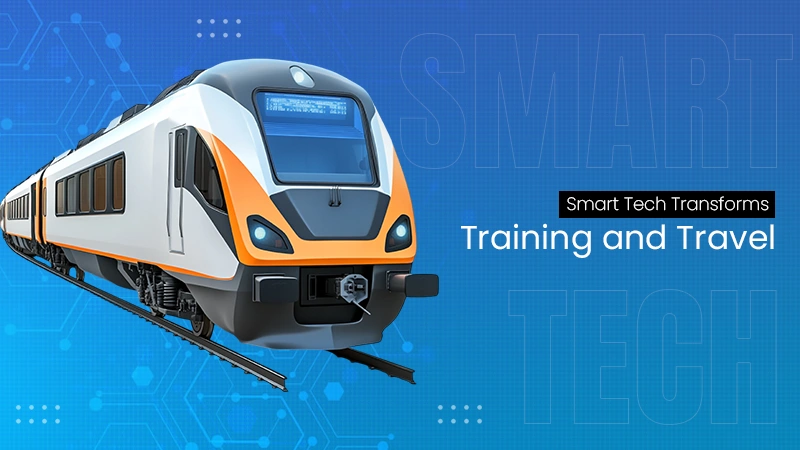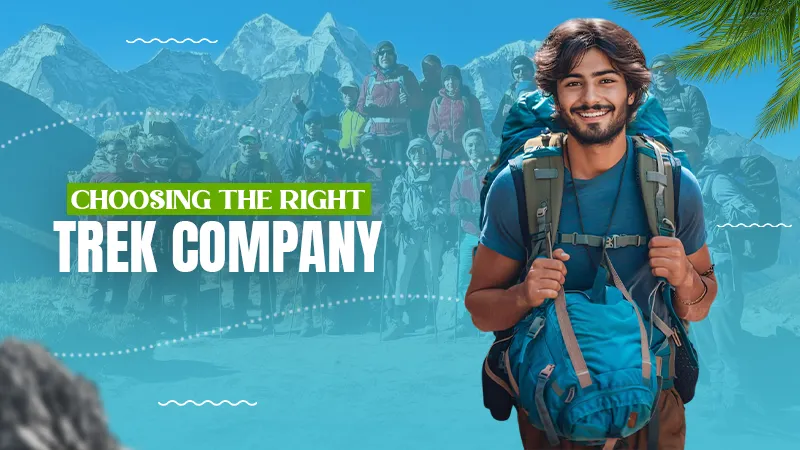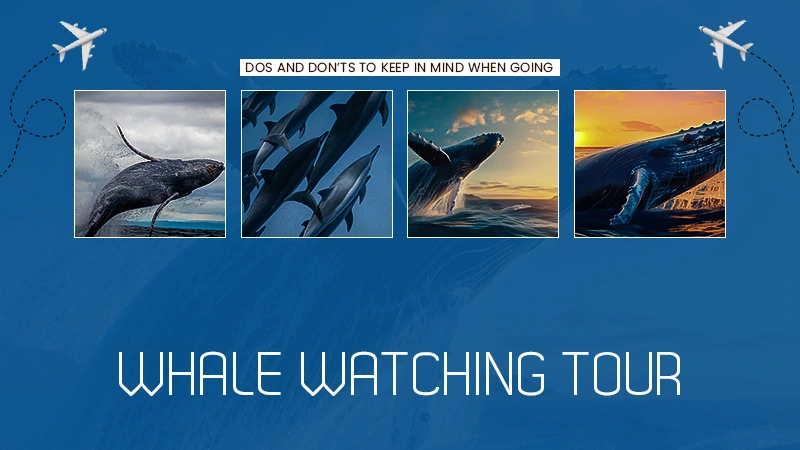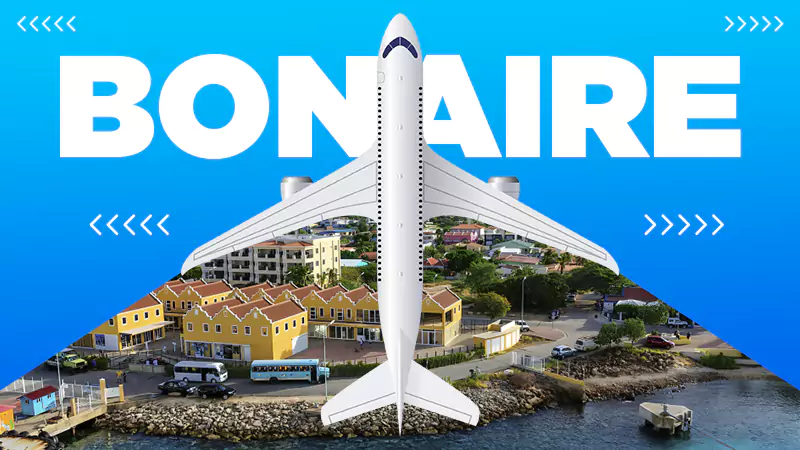
In today’s world, where both athletes and adventurers increasingly depend on advanced technology to elevate their performance and enrich their experiences, the convergence of intelligent tools and physical activity presents an exhilarating landscape.
Regardless of whether you are a casual weekend hiker, an experienced globetrotter, or a dedicated competitive sports aficionado. The transformative capabilities of technology to enhance your skills, meticulously document your progress, and effectively share your journey with others are truly remarkable. They cannot be overlooked.
That’s why in this blog post, we are going to explore more layers of these segments and provide valuable insights to the readers.
Let’s begin!
Key Takeaways
- Understanding the rise of data-driven journeys
- Exploring from the field to the trail
- Looking at the ways to share the journey
The Rise of Data-Driven Journeys
The days of relying purely on instinct and handwritten notes are long gone. Innovative technologies such as GPS-enabled watches, AI-driven coaching applications, and comprehensive performance tracking platforms have emerged as indispensable allies for contemporary adventurers and athletes.
These advanced tools not only deliver immediate feedback during activities but also empower users to conduct in-depth analyses of their performance after each session. By identifying specific areas that require enhancement, users can tailor their training regimens accordingly.
Furthermore, these platforms facilitate the comparison of results over extended periods, enabling athletes to track their progress and make informed decisions about their training strategies.
But it’s not just about numbers—it’s about storytelling. Whether you’re training for a trail run or embarking on a cross-country cycling adventure, having access to data allows you to build a narrative of progress, challenges, and growth.
Interesting Facts
Online learning can boost employee knowledge retention by as much as 80% compared to traditional methods. Interactive video is preferred by 82% of employees, as it holds attention better.
From the Field to the Trail
One of the more fascinating trends in recent years is how technology originally designed for sports teams is now being adapted for individual use. Amateur athletes and recreational users can now access tools that were previously only available to professional coaches and scouts, democratizing performance analysis.
For example, tools that provide breakdowns of movement patterns, video review capabilities, and team collaboration features have expanded into youth athletics, school programs, and even personal fitness. This not only enhances athletic performance but also improves safety and encourages mindful training habits.
Sharing the Journey
Today’s travelers and athletes don’t just want to improve—they want to share. Social media has made it easy for users to broadcast their experiences, but performance technology adds a deeper layer. Being able to show the route you took, your exact pace, your fastest moments, or even the steepest climbs on your journey gives your audience a much more immersive experience.
Additionally, a more encouraging community is created by this openness. Users can involve others in their process rather than just sharing photos, which opens up possibilities for motivation, cooperation, and feedback. With platforms that provide shareable analytics, every game, run, or hike becomes part of a larger discussion.
Making Smart Tools More Accessible
Performance tech can, of course, be expensive, just like many other cutting-edge tools. Fortunately, there are smart ways to access premium features at a fraction of the cost. For instance, using a verified Hudl Discount code can help individuals, schools, and sports teams access powerful video analysis and coaching tools without breaking their budget.
This level of accessibility guarantees that technology isn’t limited to highly skilled professionals. Anyone can travel farther, grow faster, and train more effectively with the correct resources and wise savings.
Whether you’re chasing a personal best or documenting your next outdoor adventure, technology can be more than a tool—it can be a partner in progress. By blending analytics with experience, and insight with inspiration, today’s smart platforms empower us all to reach higher and go further.
How has technology changed transportation?
For a more sustainable transportation network, real-time communication improves traffic flow by reducing stops and fuel consumption.
Which invention had the biggest impact on travel?
Commercial aviation has the biggest impact on the travel industry.
What will transport look like in the future?
The future of transportation is a mix of software development, hardware development, and the integration of the two.









